West Market 西市場 is a historical site in downtown Tainan dating back to the earliest years of the Japanese colonial era. The first market building at this location was constructed in 1905, back when it fronted onto the milkfish farms of the Táijiāng Lagoon 台江內海. It suffered extensive damage when a catastrophic typhoon struck Tainan in August 1911. An expanded L-shaped structure was built in 1912, making it the largest market in southern Taiwan, but this was damaged by another typhoon in 1920, leading to another round of reconstruction, the results of which are still standing today. The old marketplace remains a hub of commercial activity in this part of the city—but many of its stalls were neglected or abandoned by the mid-2010s, when many of the photos in this article were captured. Presently the old market enjoys heritage status—and an extensive restoration effort was completed in 2020, transforming it into a bright and airy space.
In the 1930s a number of new commercial development grew around the old market like layers of an onion: Asakusa Shopping Mall 淺草商場 (traditionally Japanese-themed, now a “youth fashion” market with trendy boutiques) and a fish market 魚市場, which was later converted into a banana warehouse 香蕉倉庫 that was mostly abandoned and falling apart by the mid-2010s. After the war several more buildings sprung up around West Market: the confusingly named West Gate or Xīmén Market 西門市場 in 1945—originally for meat and produce, nowadays an aging garment and textile market—and a wholesale food market in 1956.
The vintage hand-painted signs still hanging over many of the market stalls are one of the main attractions for history buffs. There are more aside from the few I have shared here. Several of these signs display five digit telephone numbers—a convention that hasn’t been followed in a very long time.
When you walk through these old markets it isn’t obvious where one building ends and another begins. It’s a big place, too—the interconnected complex sprawls across an entire city block with a labyrinth of passageways snaking every which way. The style of construction is almost organic, as if each of these buildings were existing in symbiosis with one another. Turn a corner, duck under an overhang, and you might find yourself in the mouldering ruins of the old banana warehouse or lost in the dark reaches at the back of the textiles mall. Only the western side of the block—the youth fashion area—shows signs of life and vitality, but that part isn’t well-connected to the rest.
The photographs that appear in this piece were collected on multiple visits over the course of several years. One of those visits was late at night, an eerie experience I would recommend to anyone who isn’t squeamish, for this is when you’re most likely to find giant rats scavenging for scraps among the ruins. It’s not that bad, mind you—as with most other old markets in Taiwan the population of vermin is held in check by the half-feral cats that skulk through the stalls after dark.
In 2016 the front of the old market suffered minor damage in a surprisingly strong earthquake that struck Tainan. Restoration work began in earnest in early 2017, and the entire market was blocked off, its facade obscured, until reopening to the public in 2021.
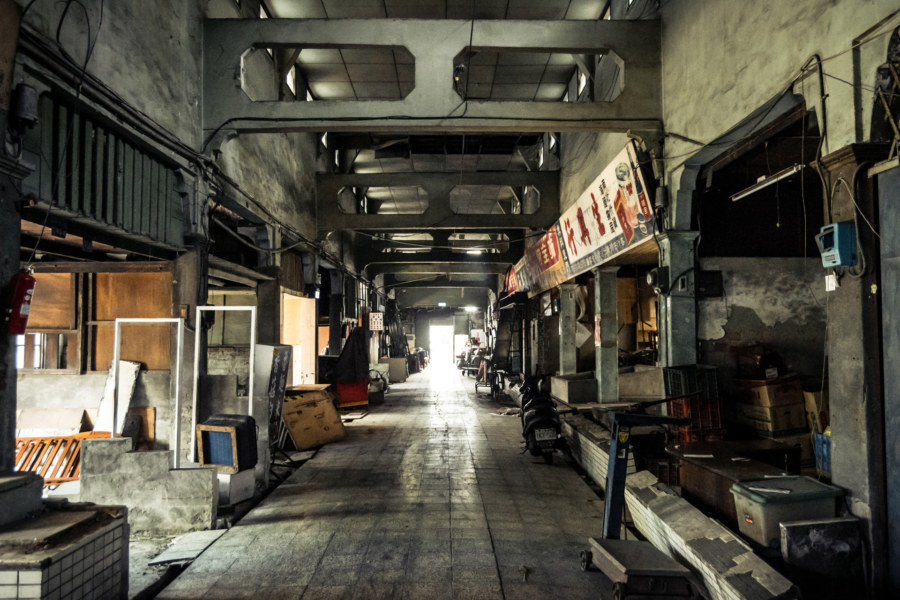
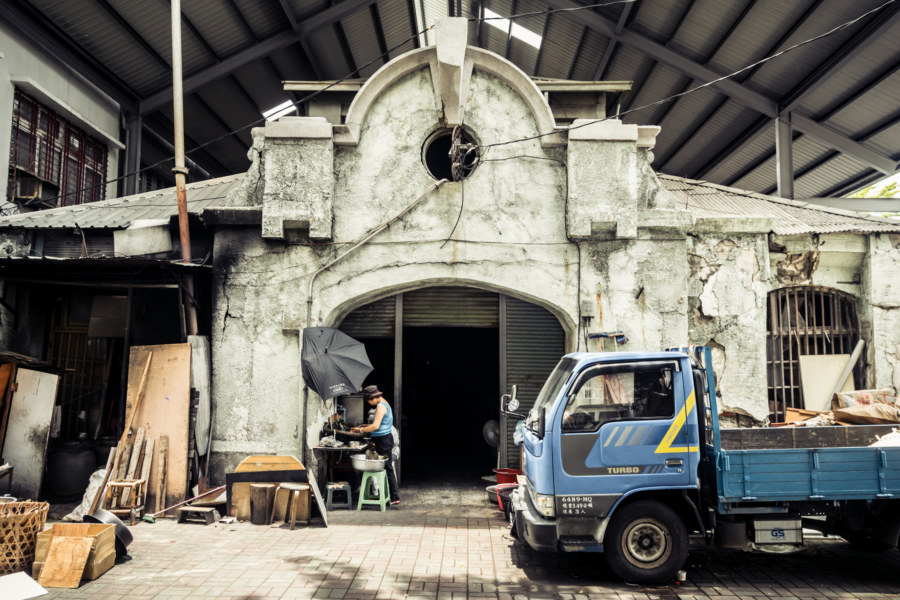
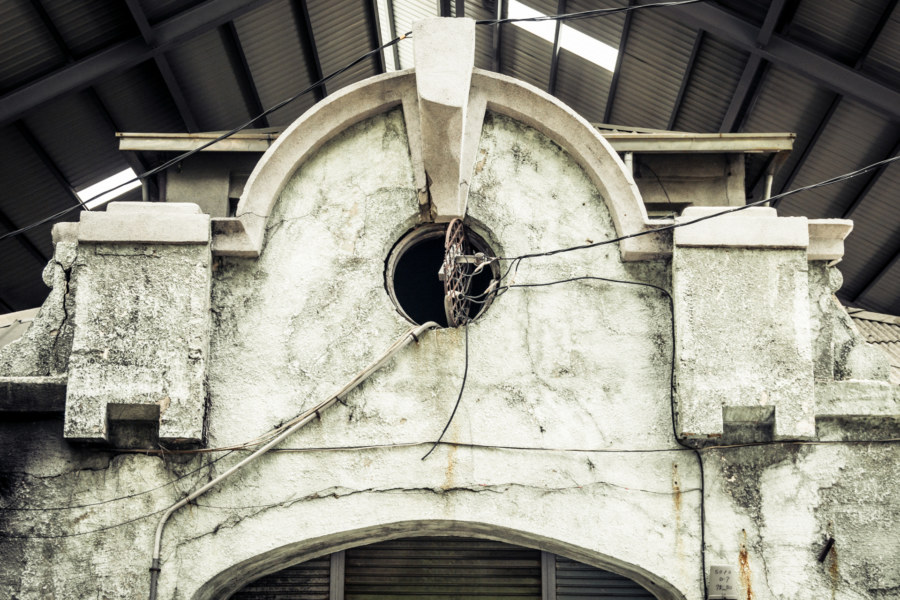
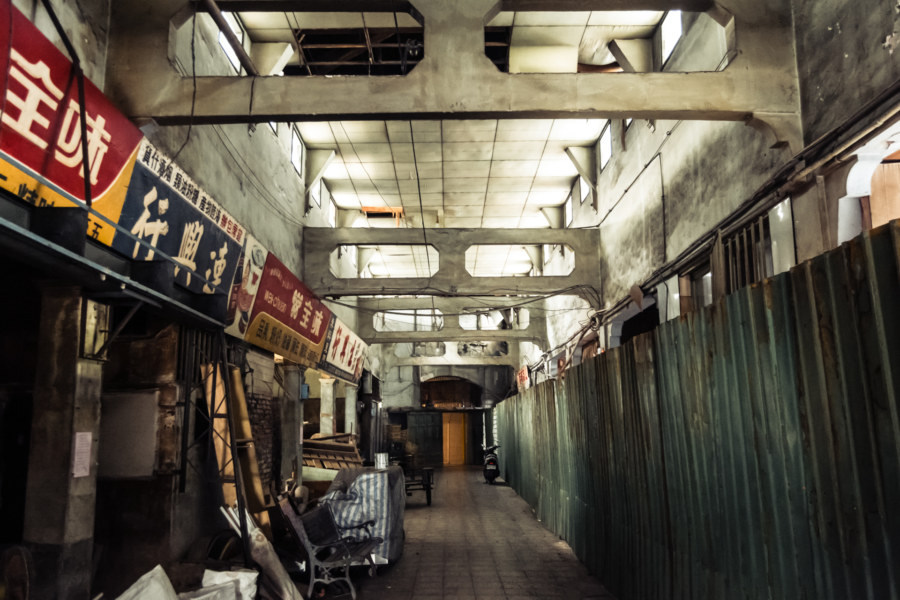
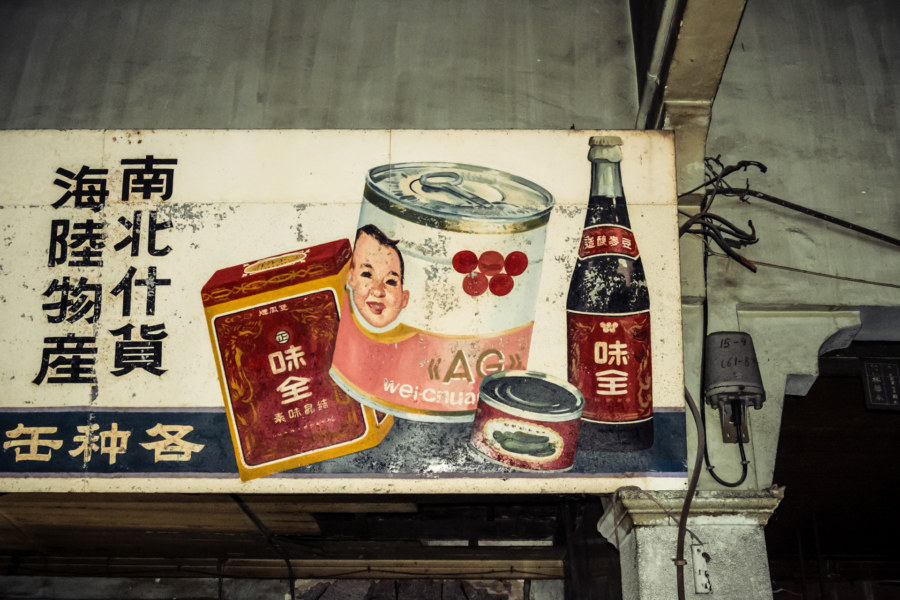
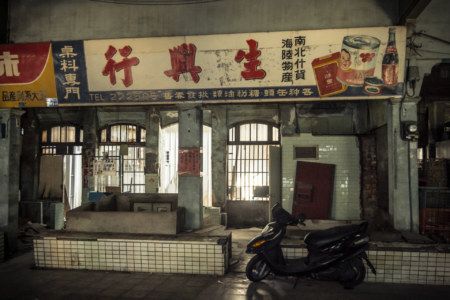
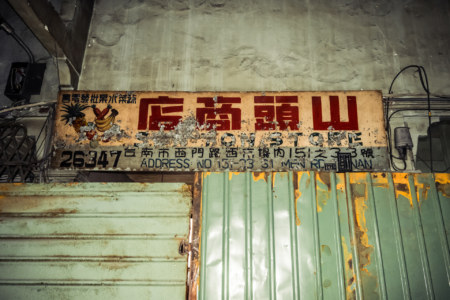
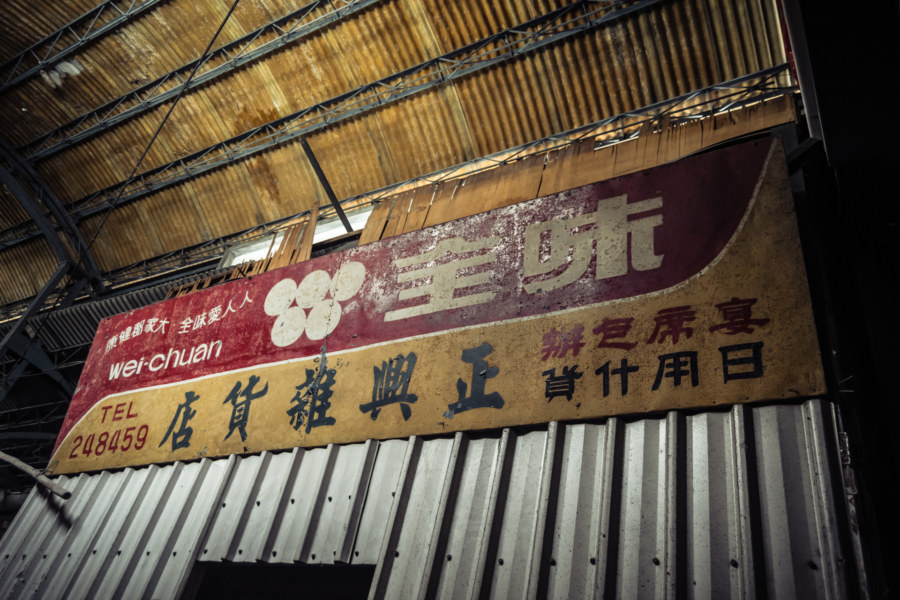
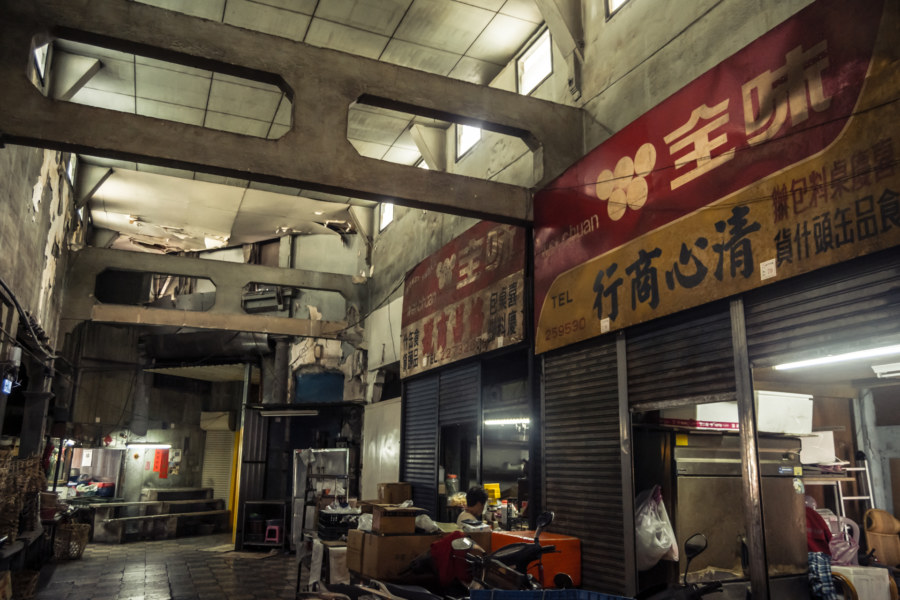
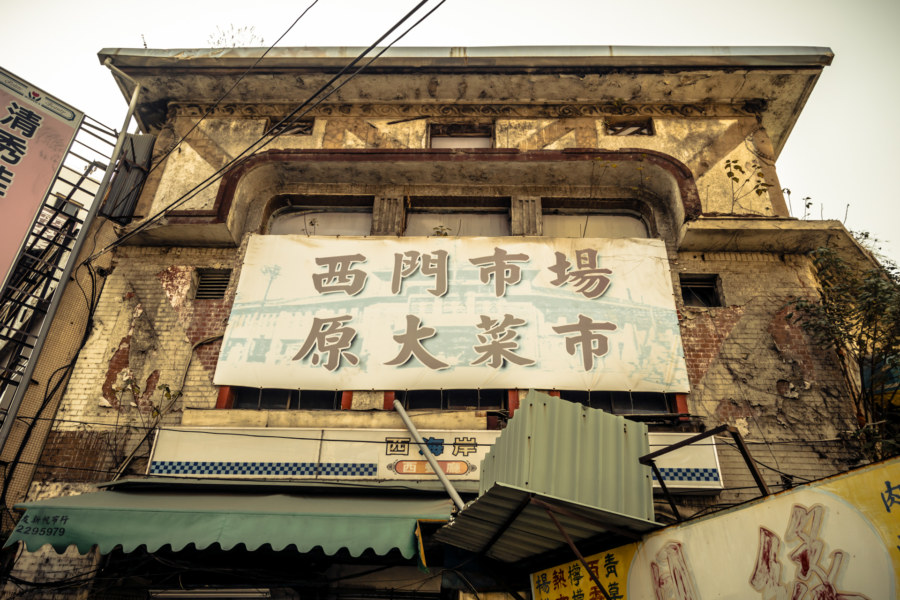
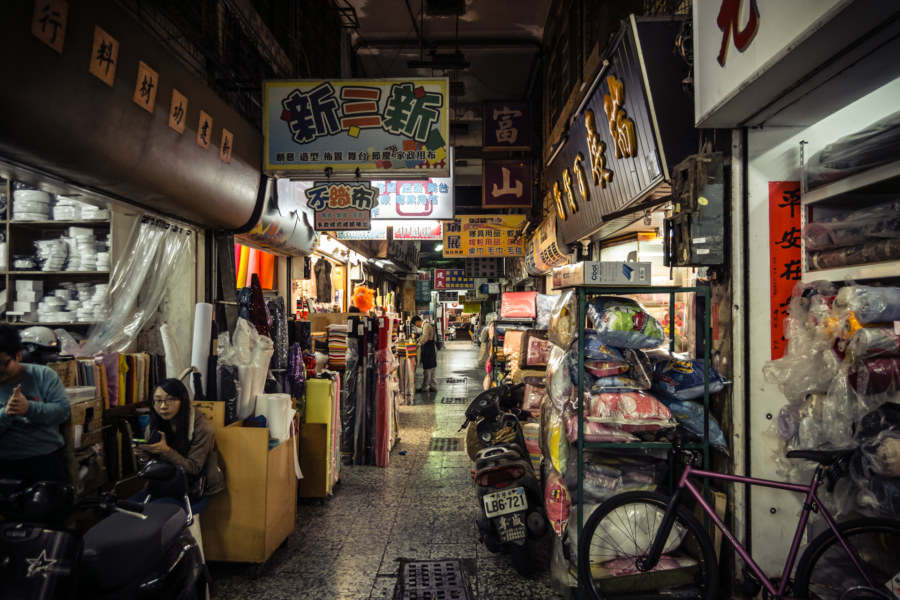

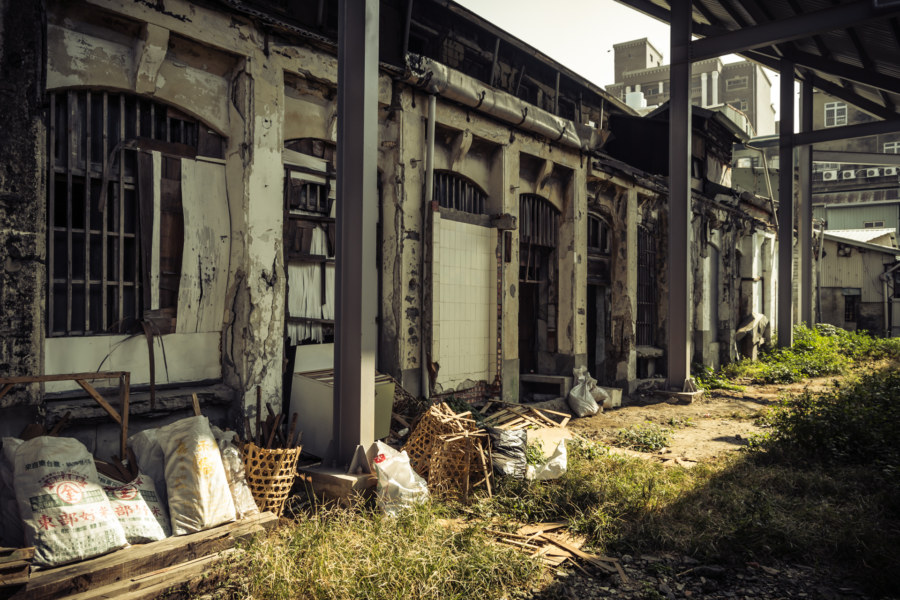
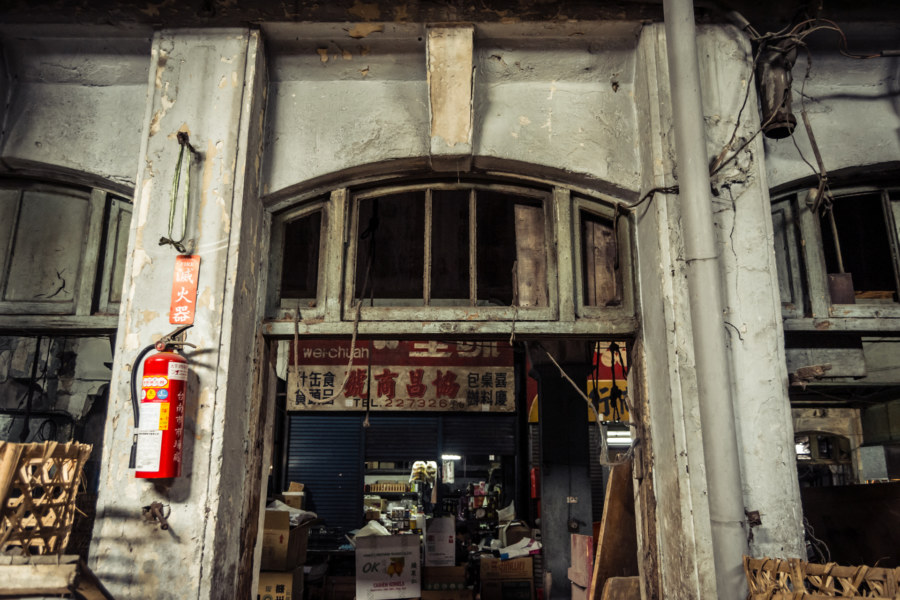
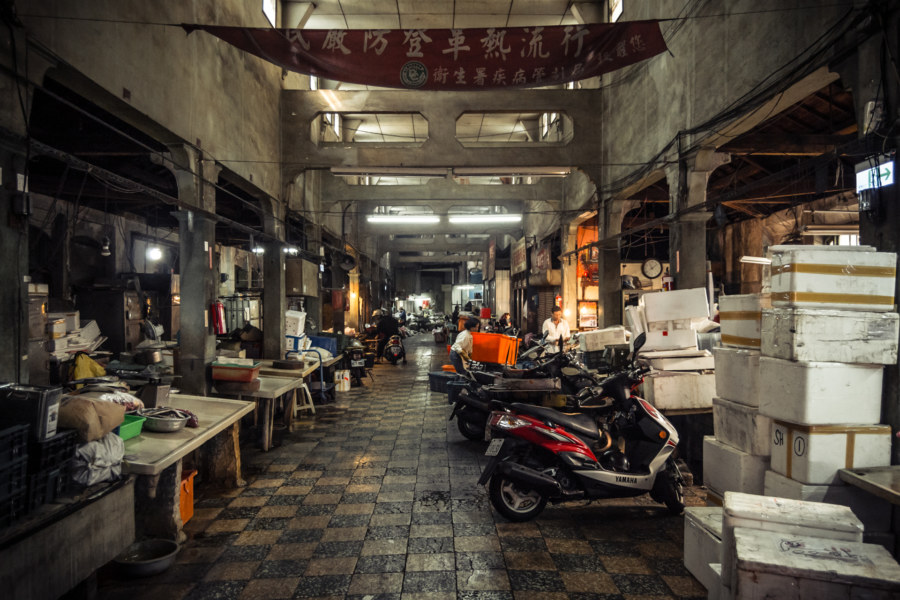
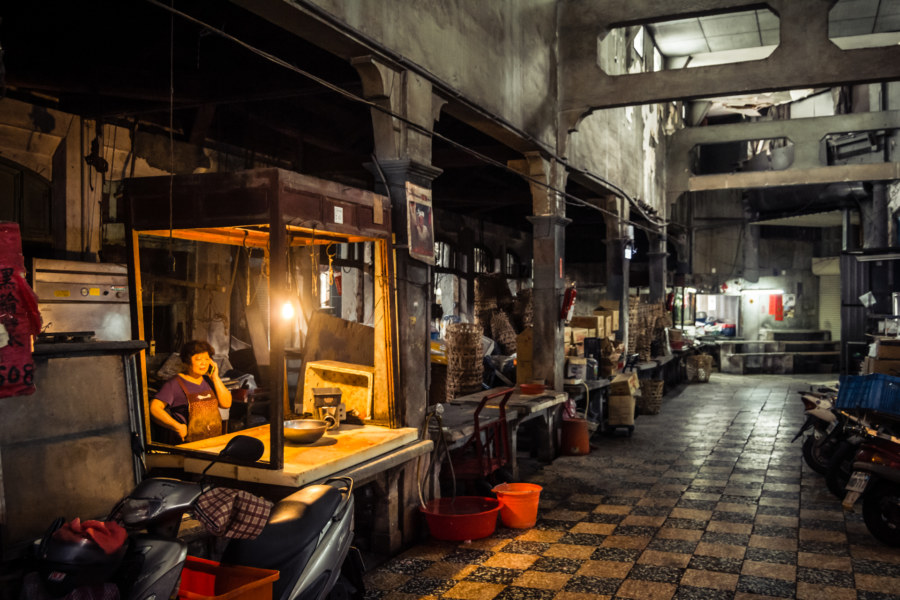
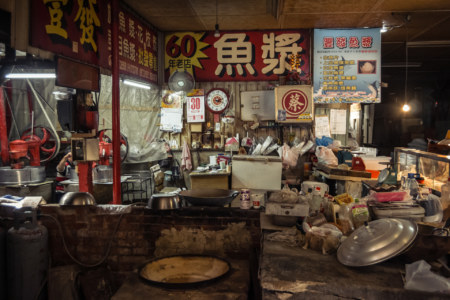
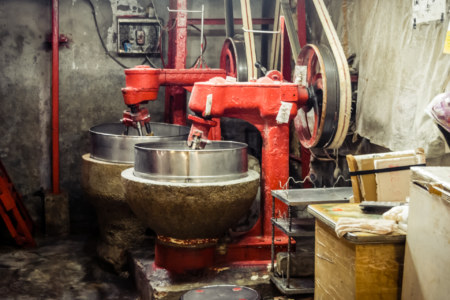
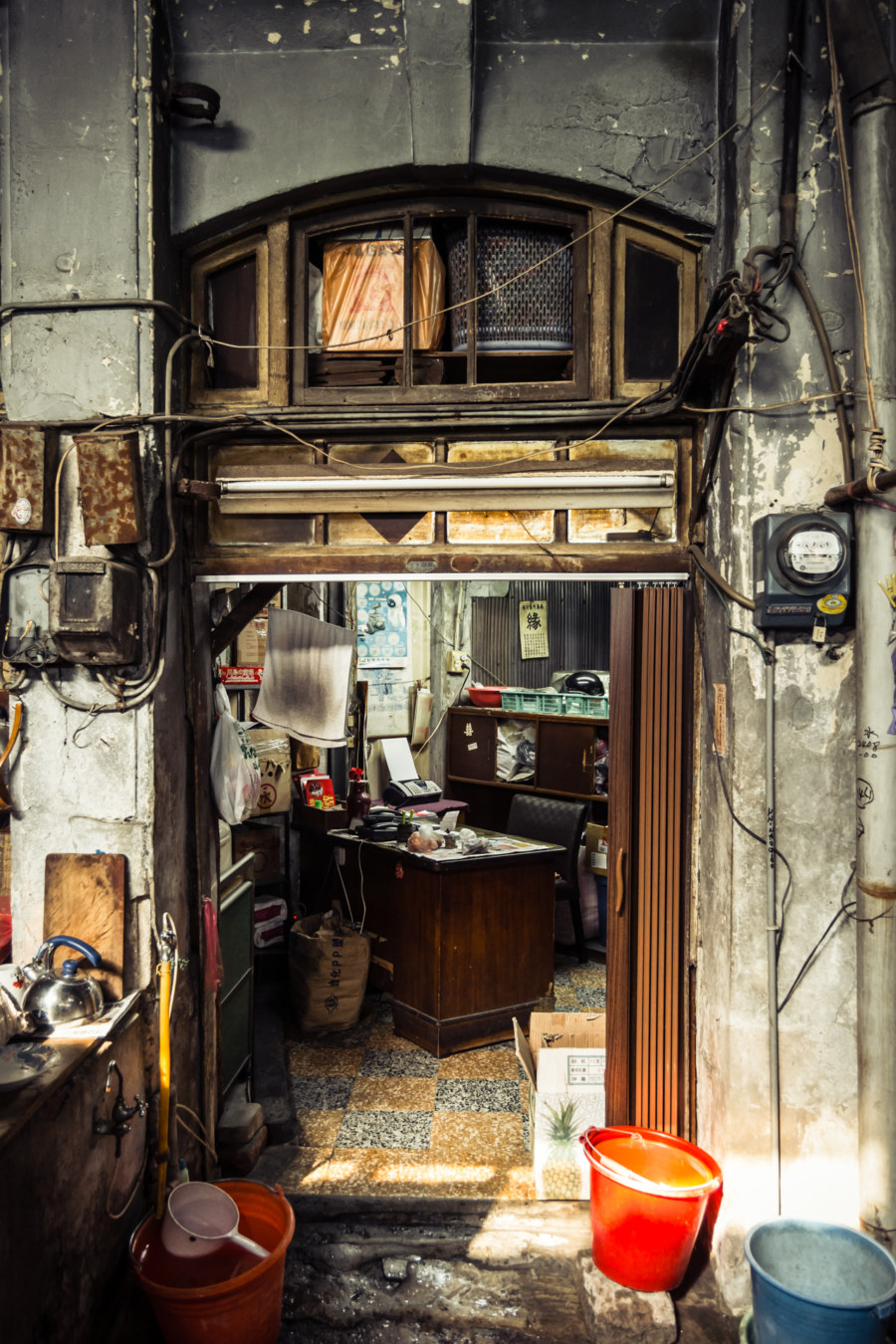
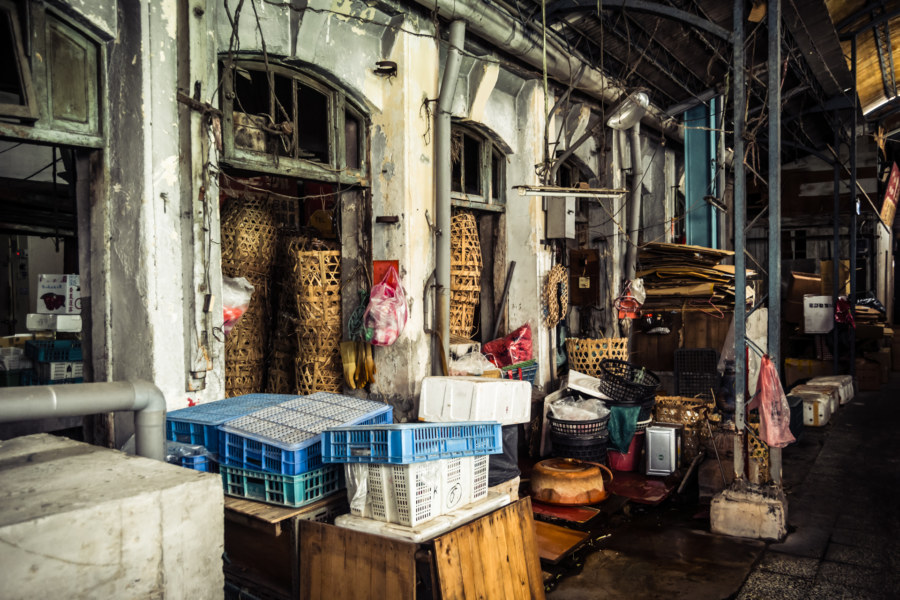
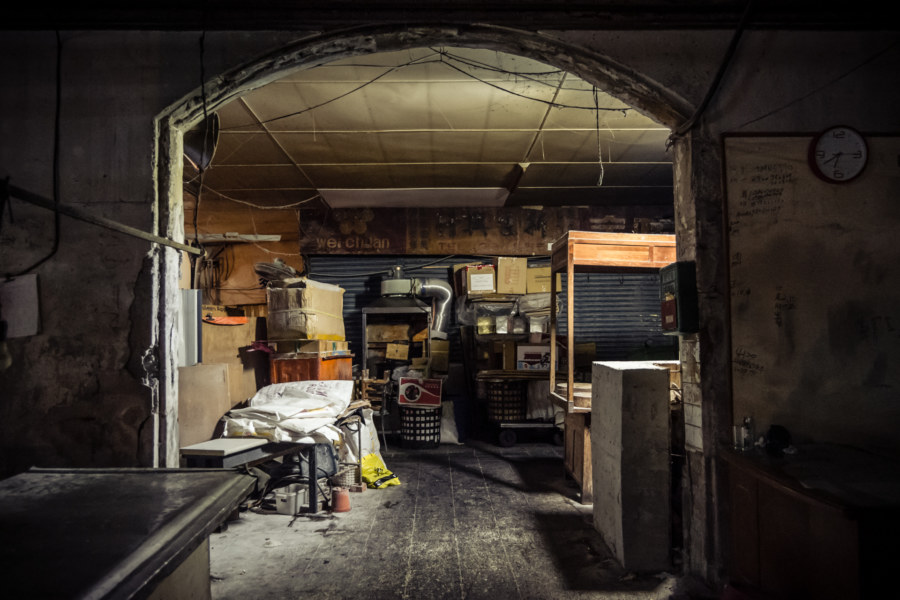
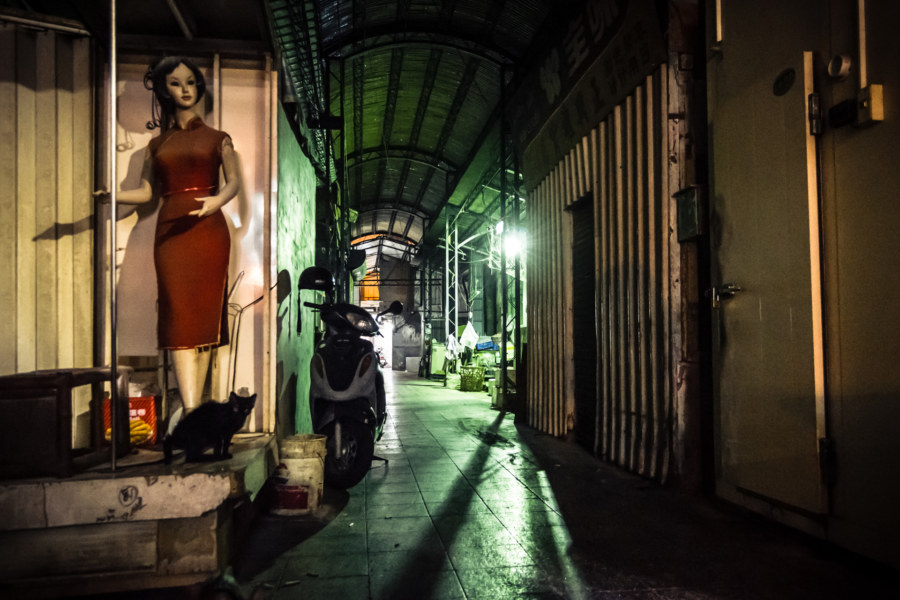
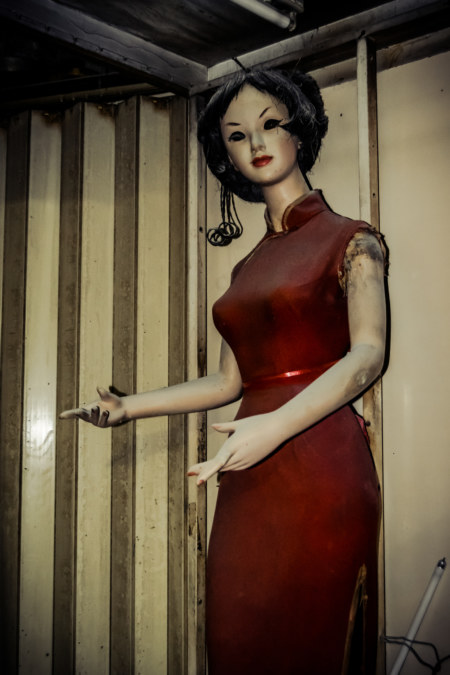
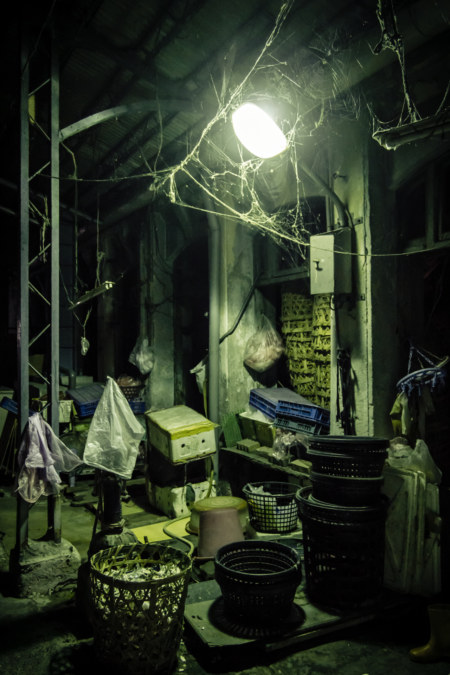
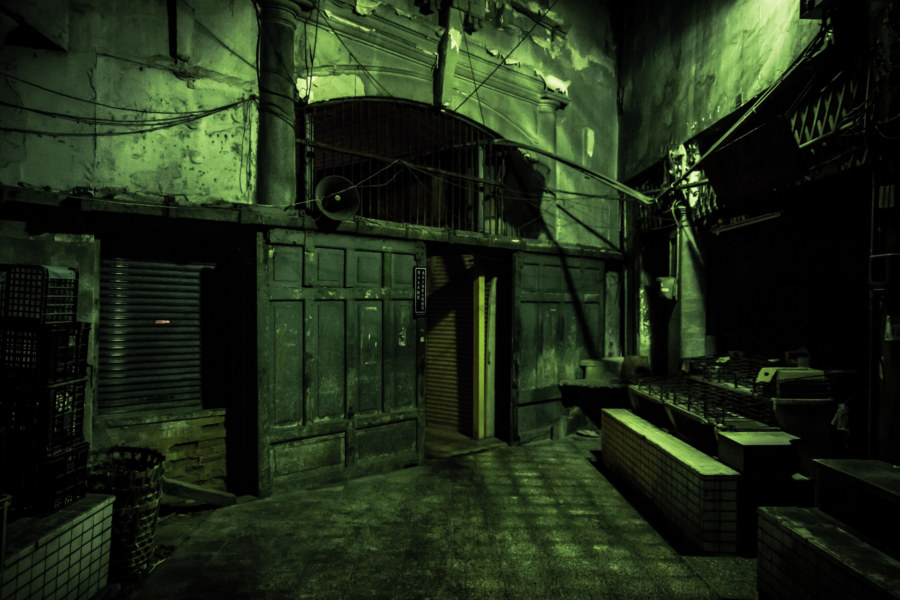
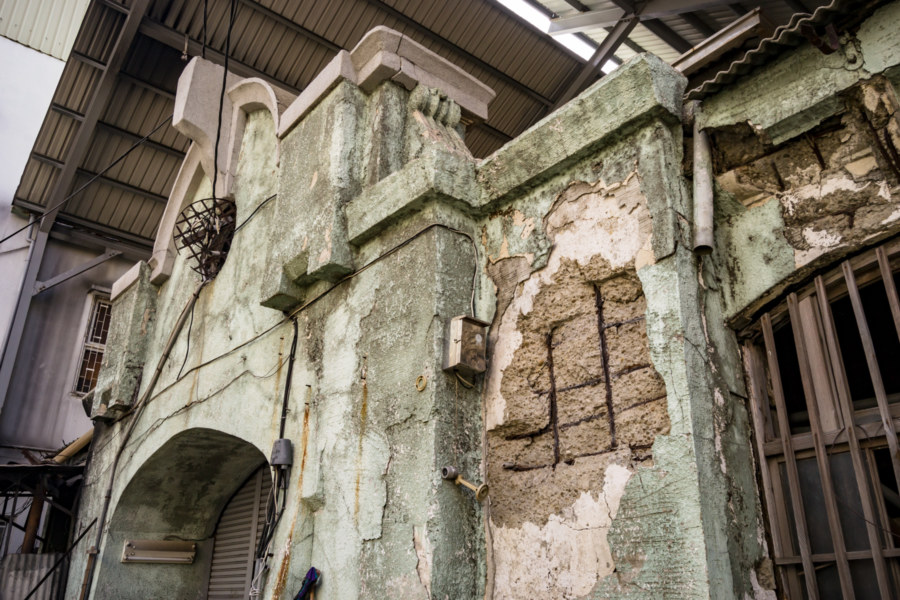
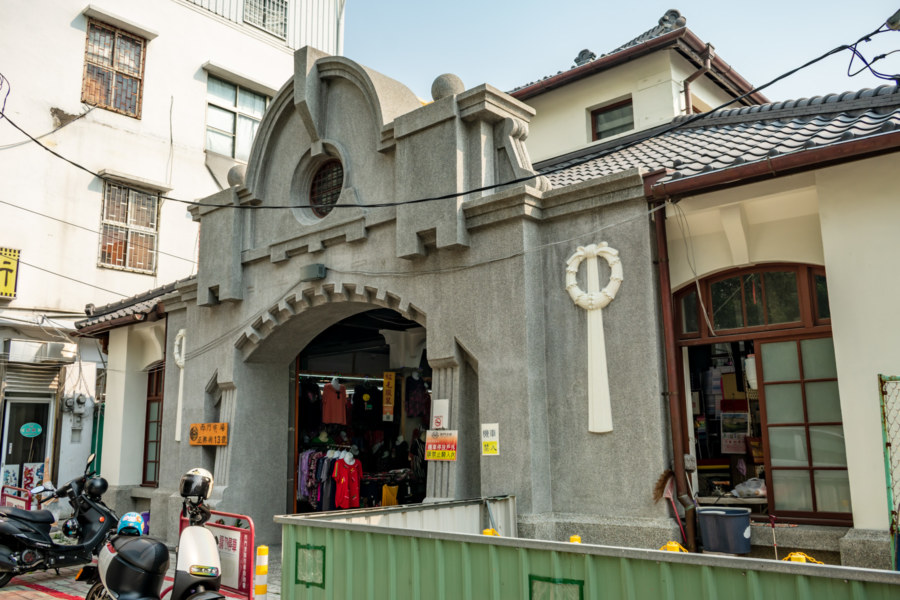
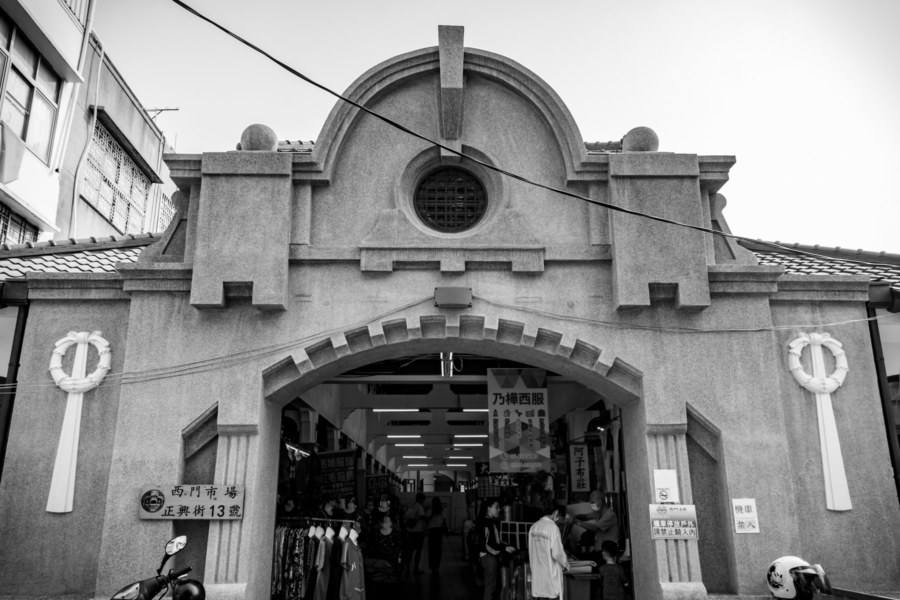
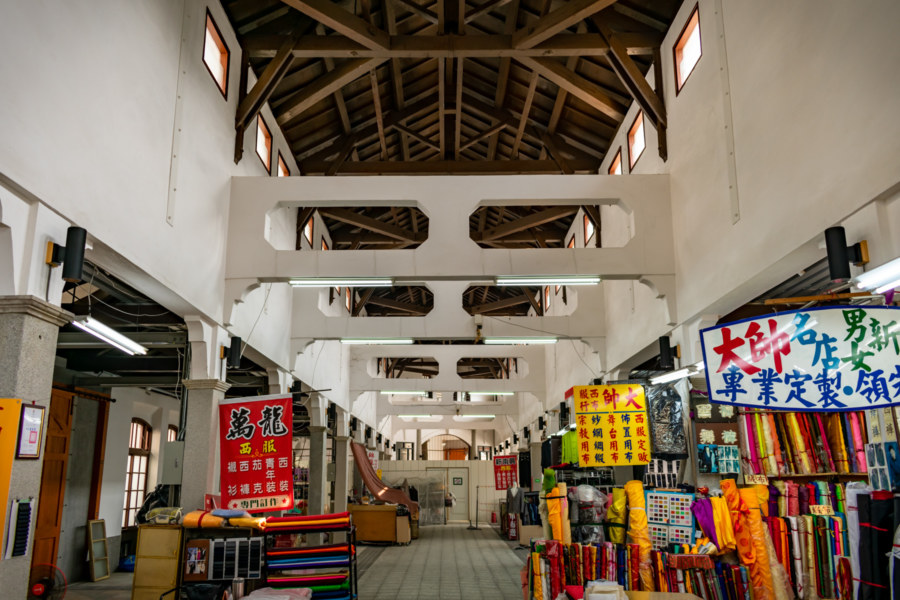
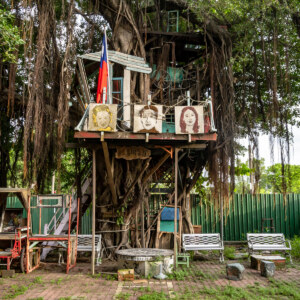

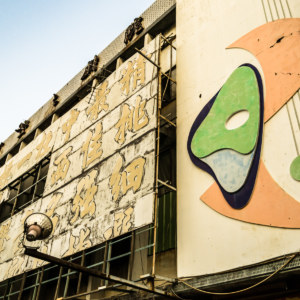
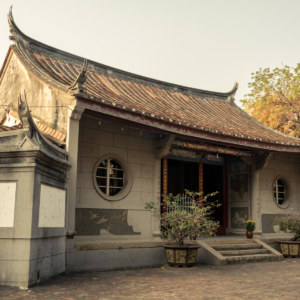
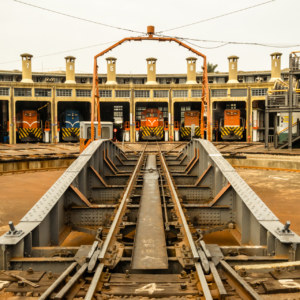
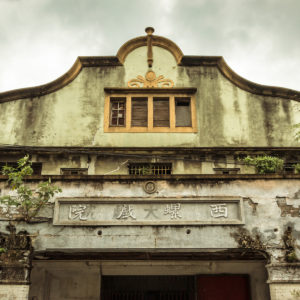
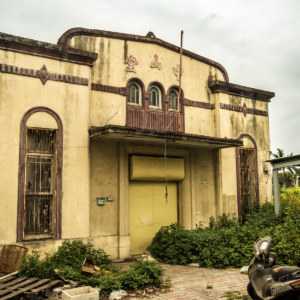
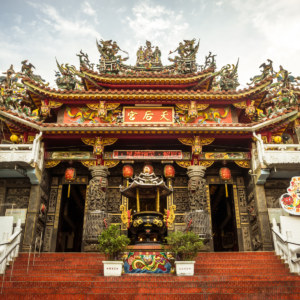
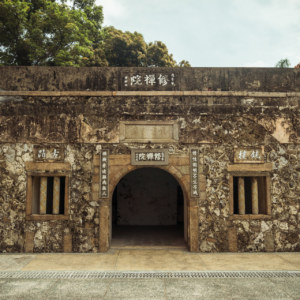
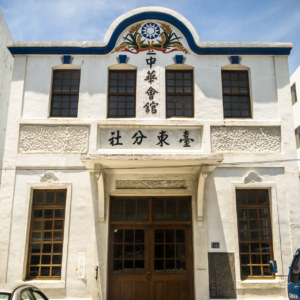
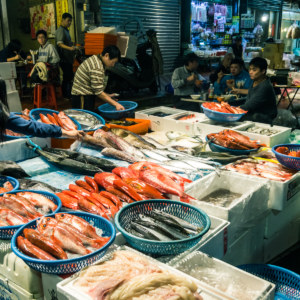

There are quite a number of dry and wet market buildings which are built by the Japanese. The link shows how they looked last time as compared to now. It is really a pity.
http://www.thenewslens.com/post/140946/
the black cat? i also noticed a pole in front of the lady, but it looks too thin to be a dancer’s pole.
MJ, yes, you got it :)
Hey Alexander, I love your blog and all the photos that you’ve taken around Tainan!
As a Texas-born, Tainan-raised, and currently Chicago-employed guy, your posts reminds me of the old beauty in Tainan. The smell and the sight of what these photos represent is an absolute delight. Pure nostalgia :)
You deserve a lot of kudos for your thorough blogging and photo documenting, these mean more than you think! I’m thankful that I found your blog! Bookmarked and will be checking in regularly!
Blessings,
Victor